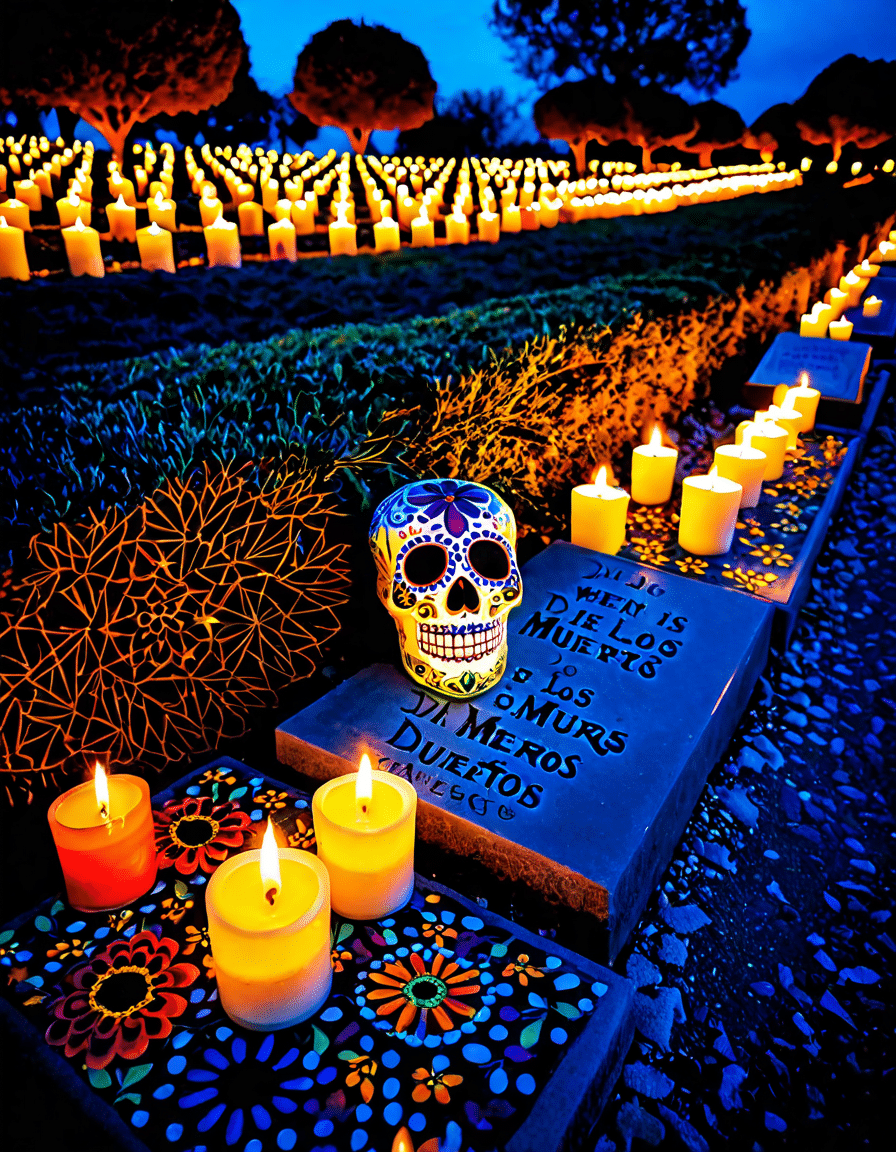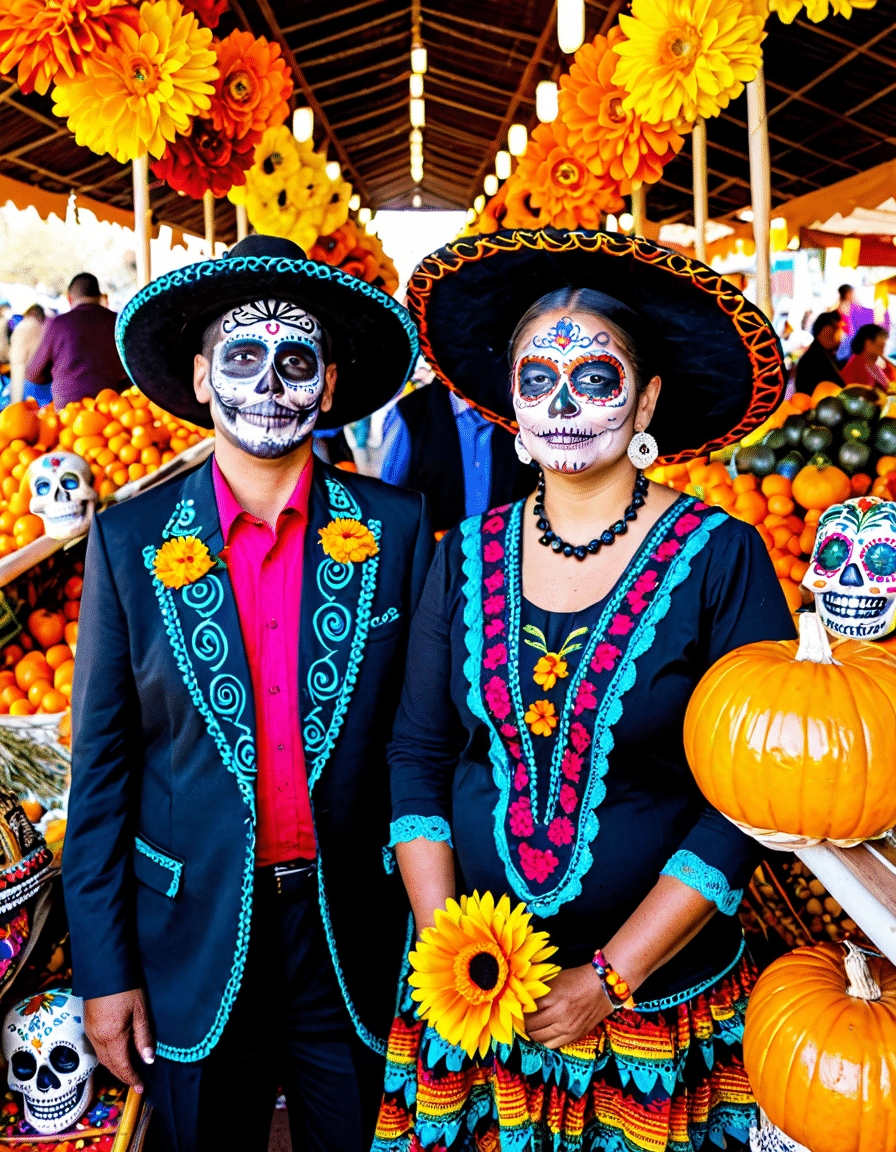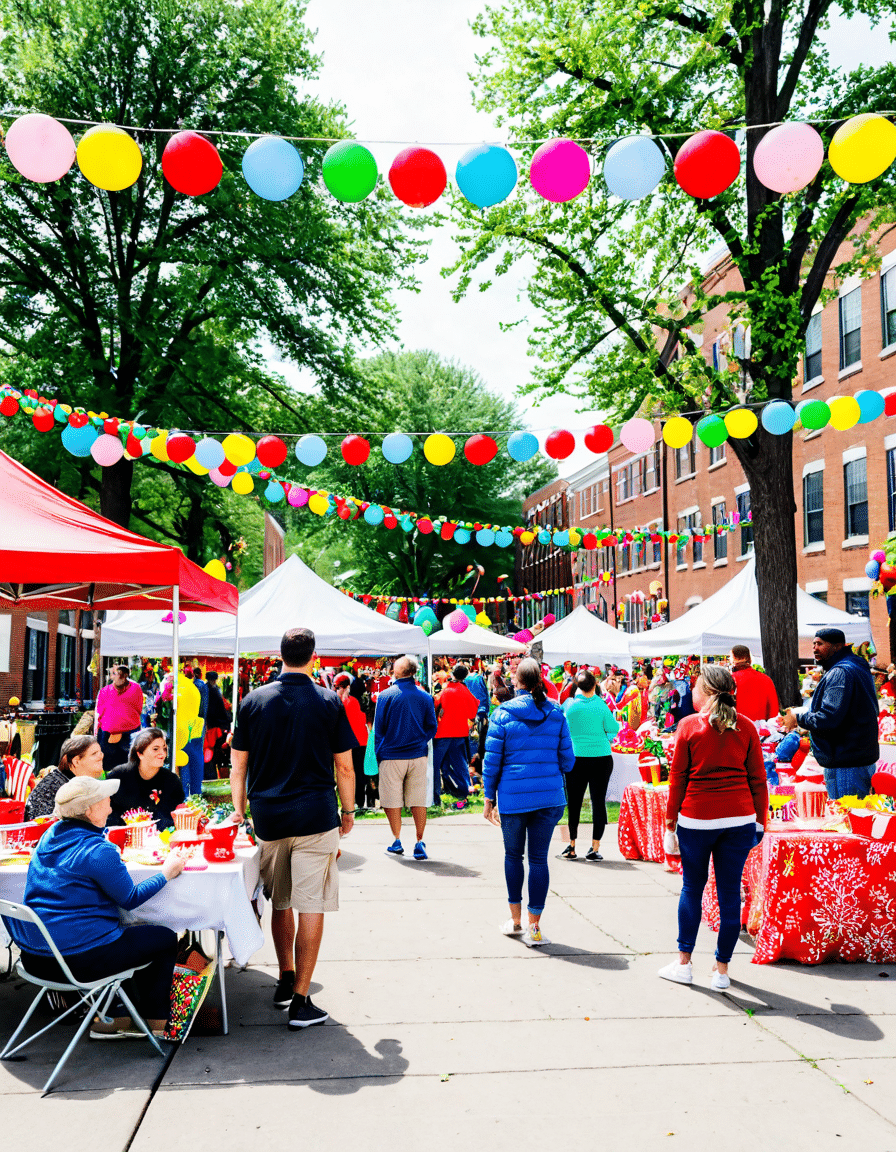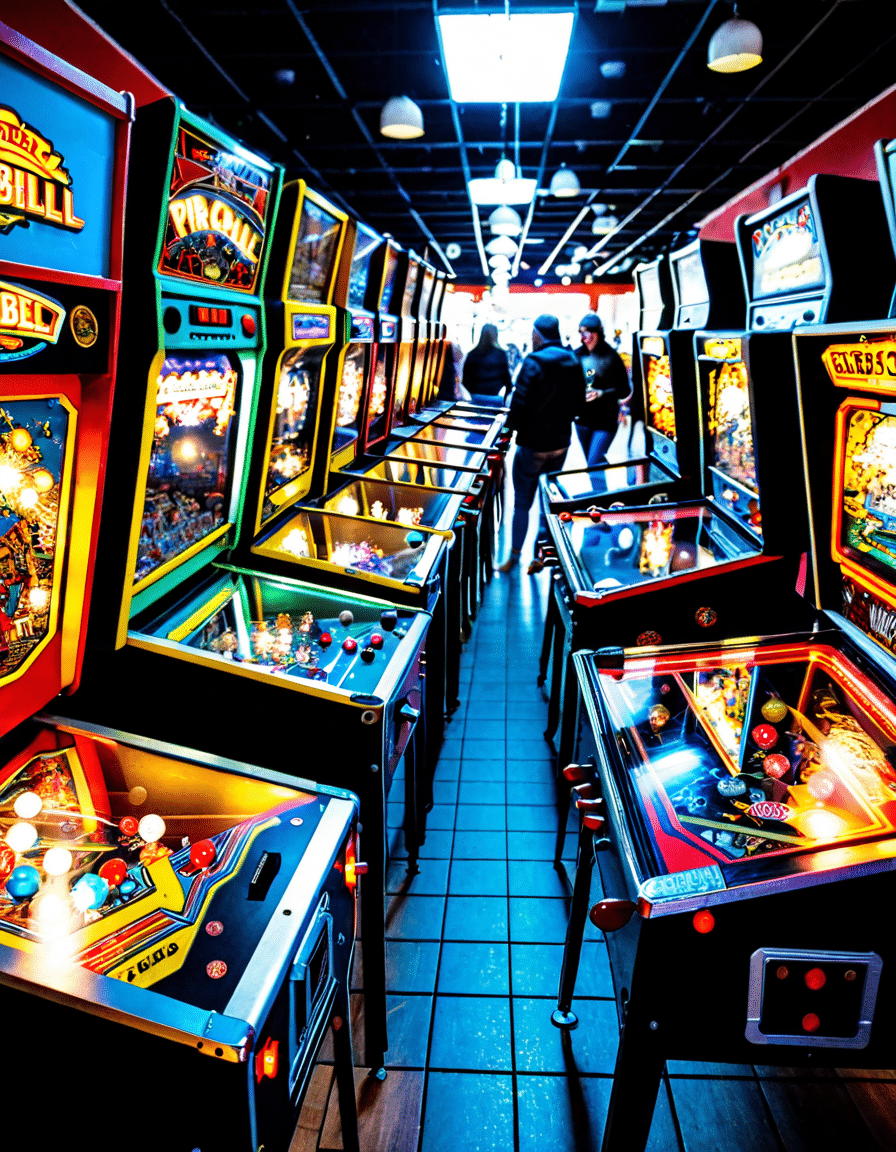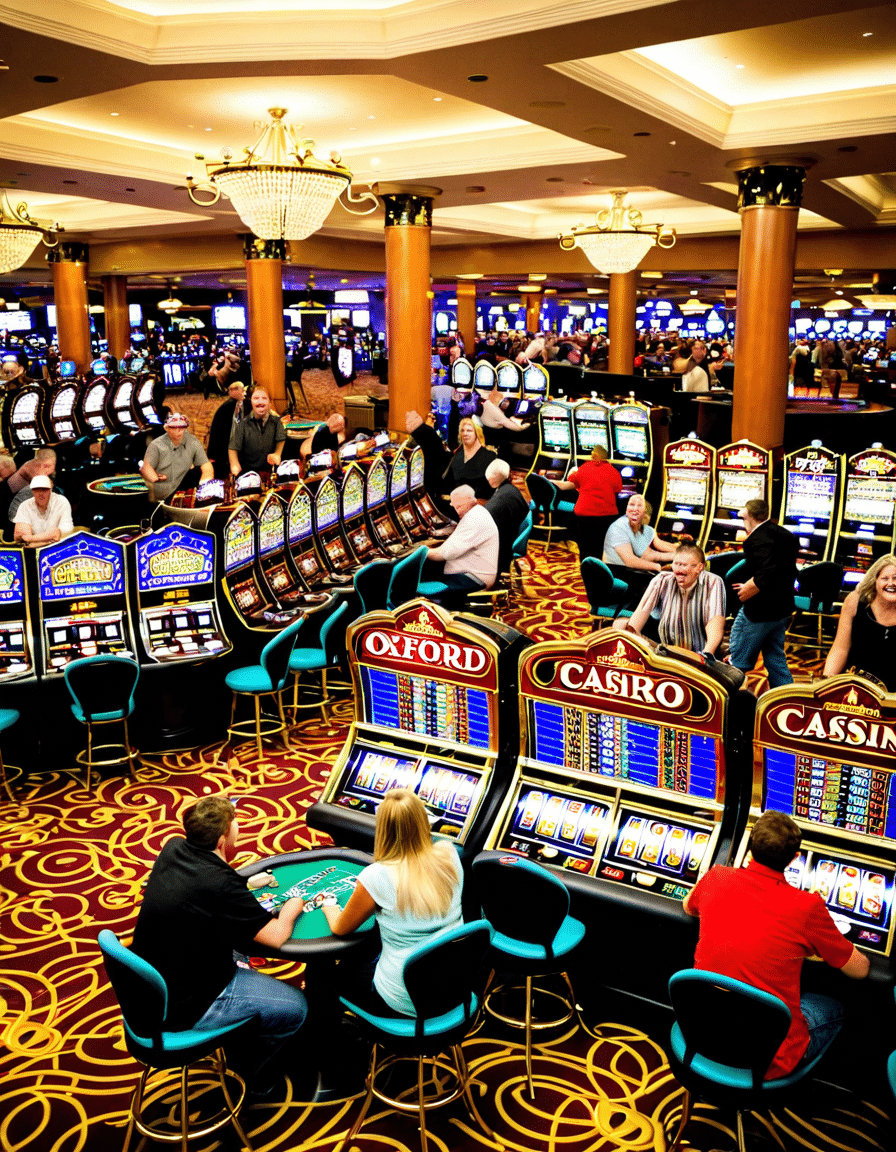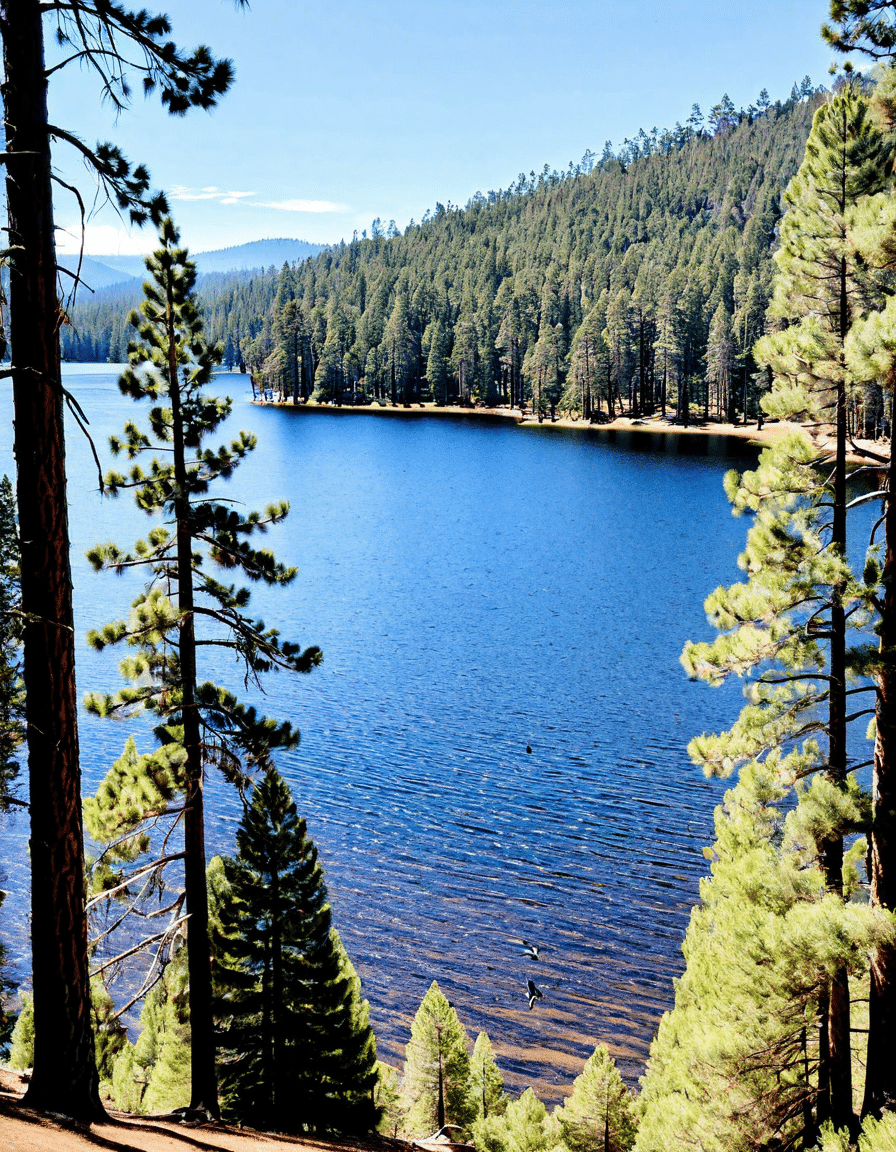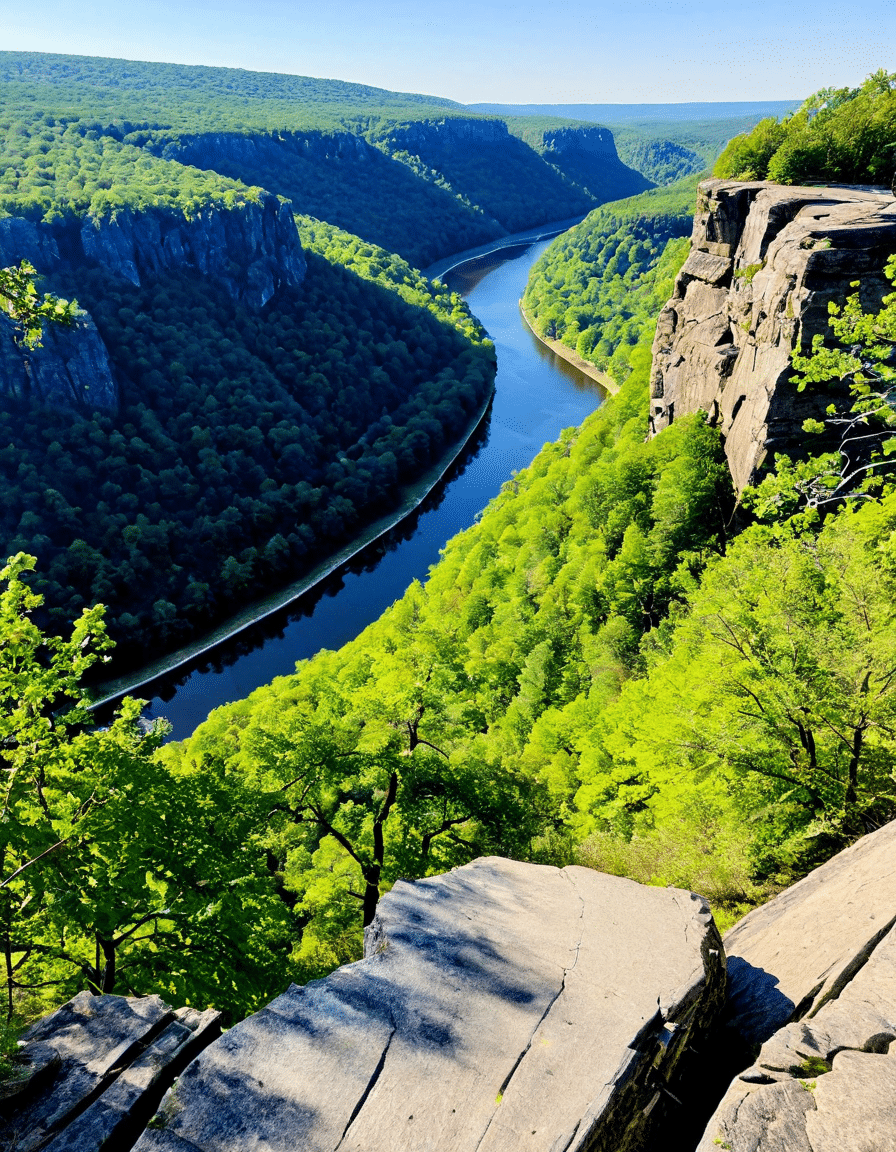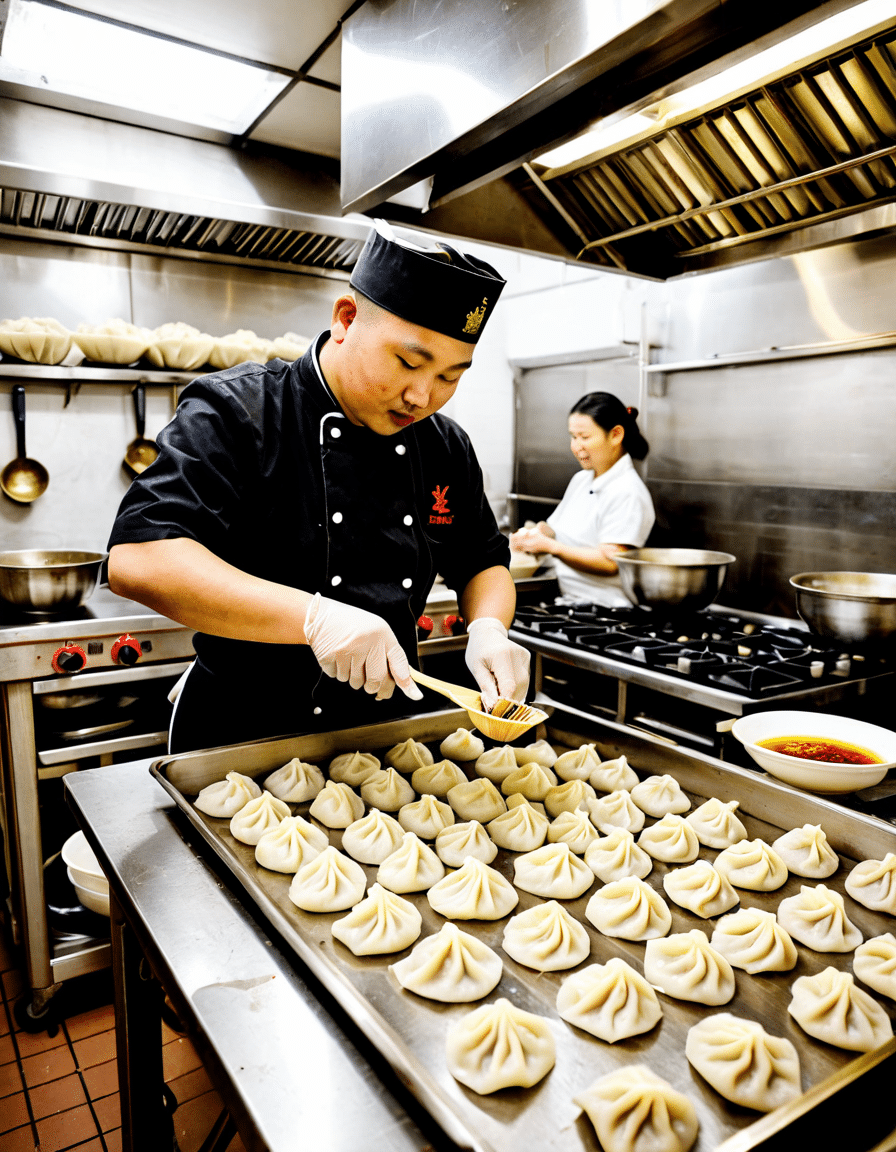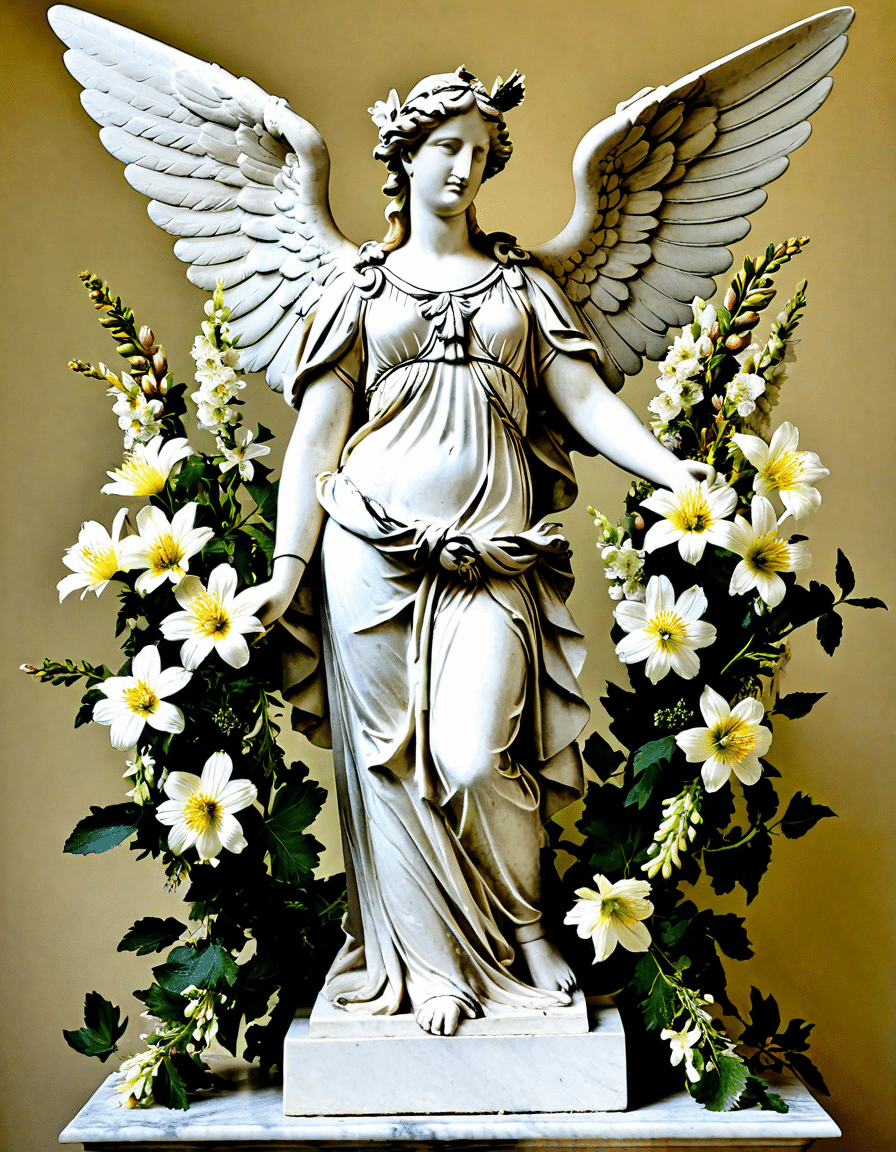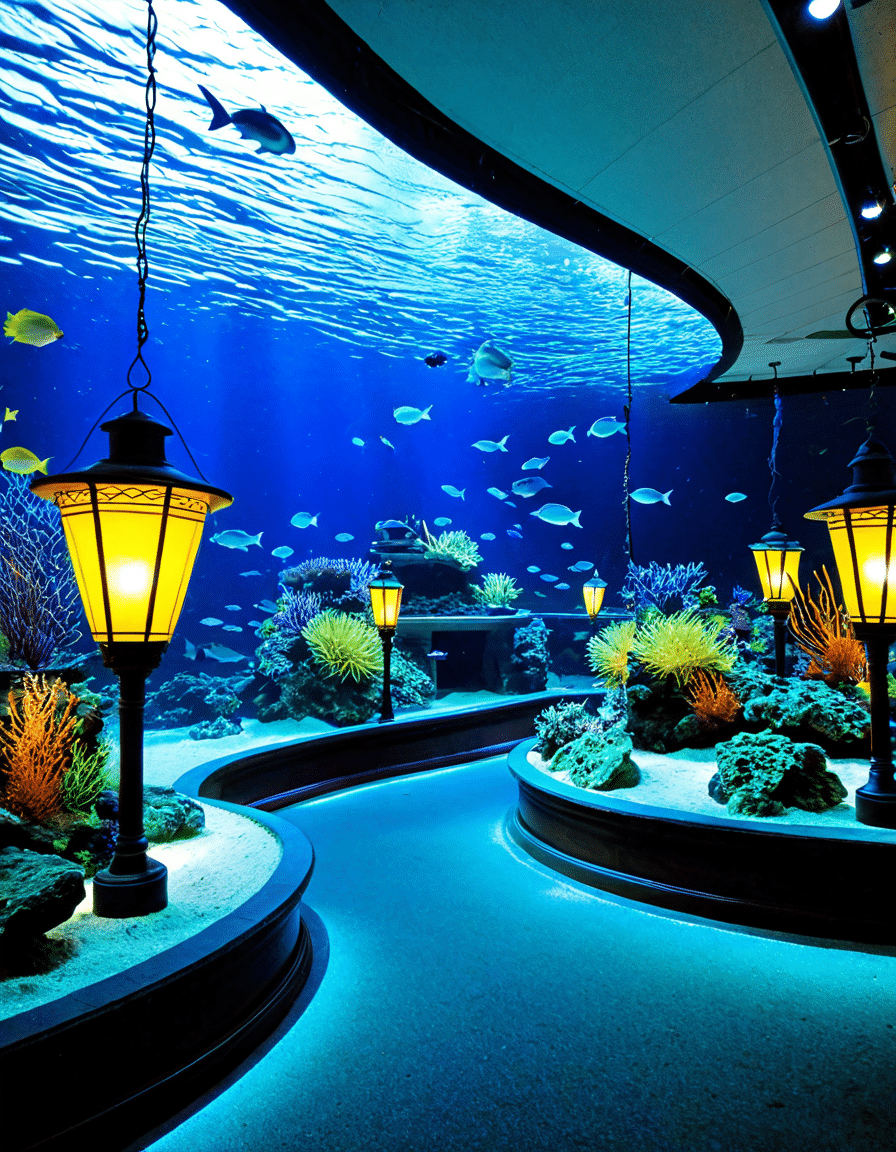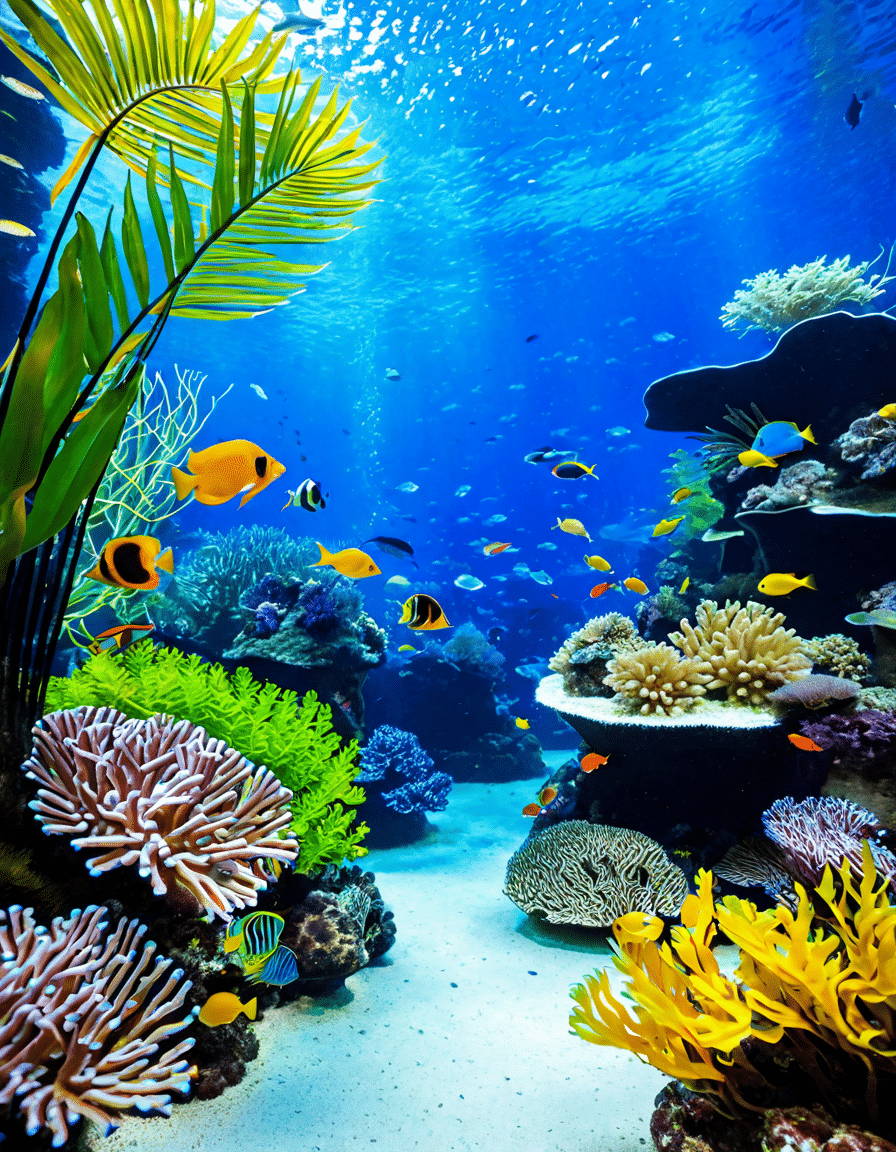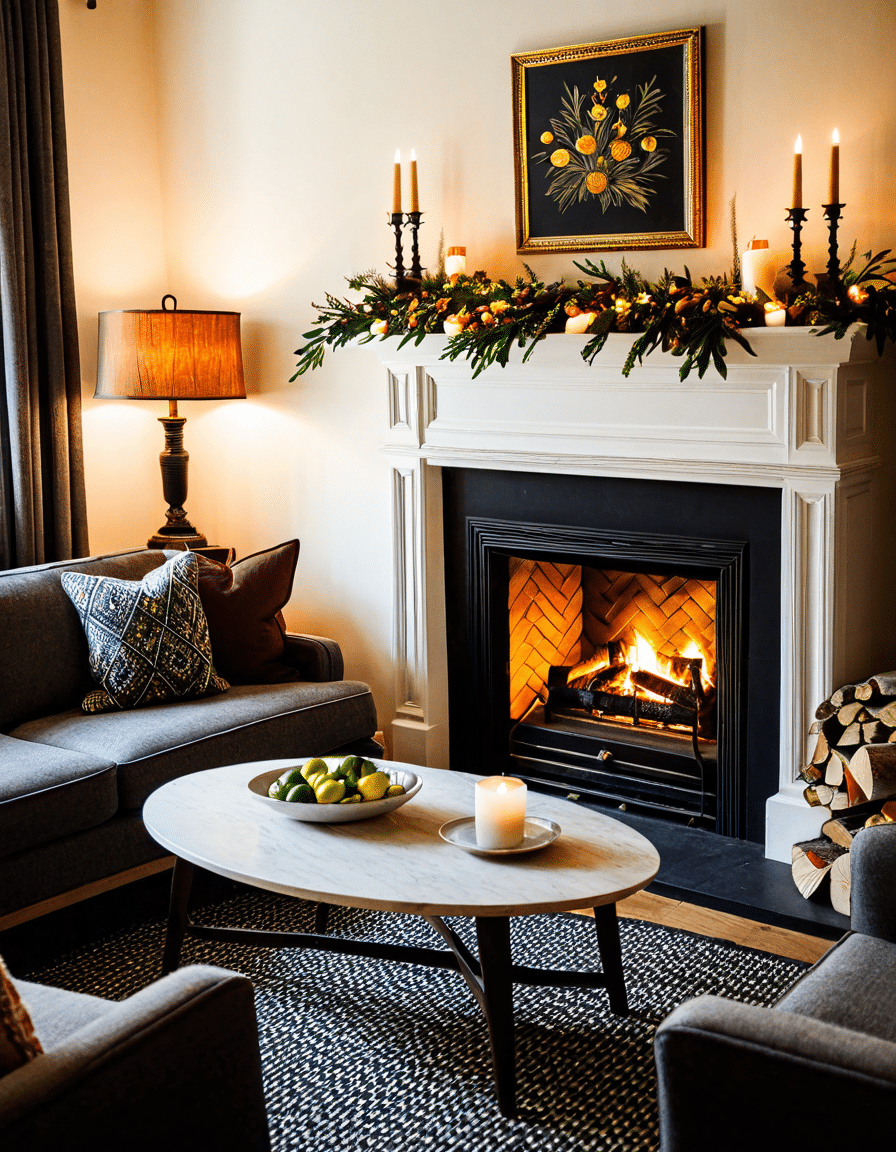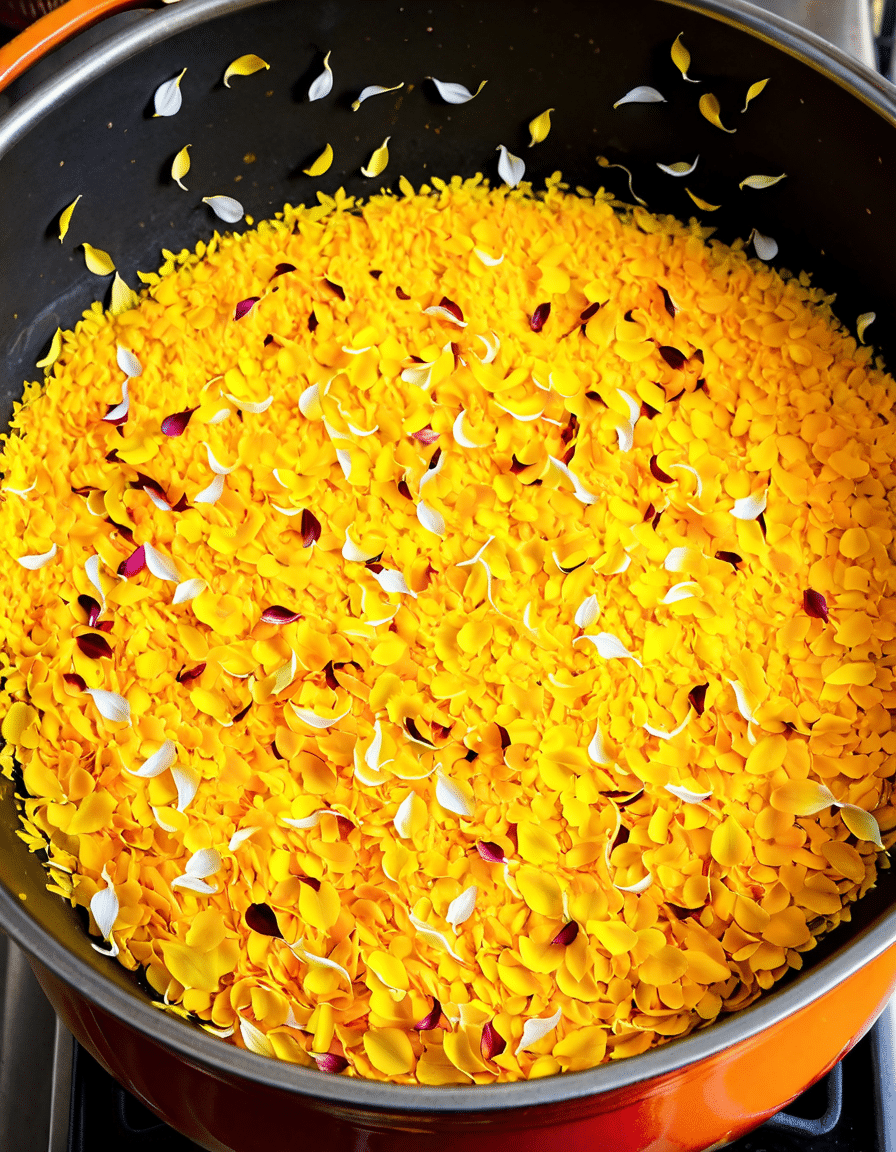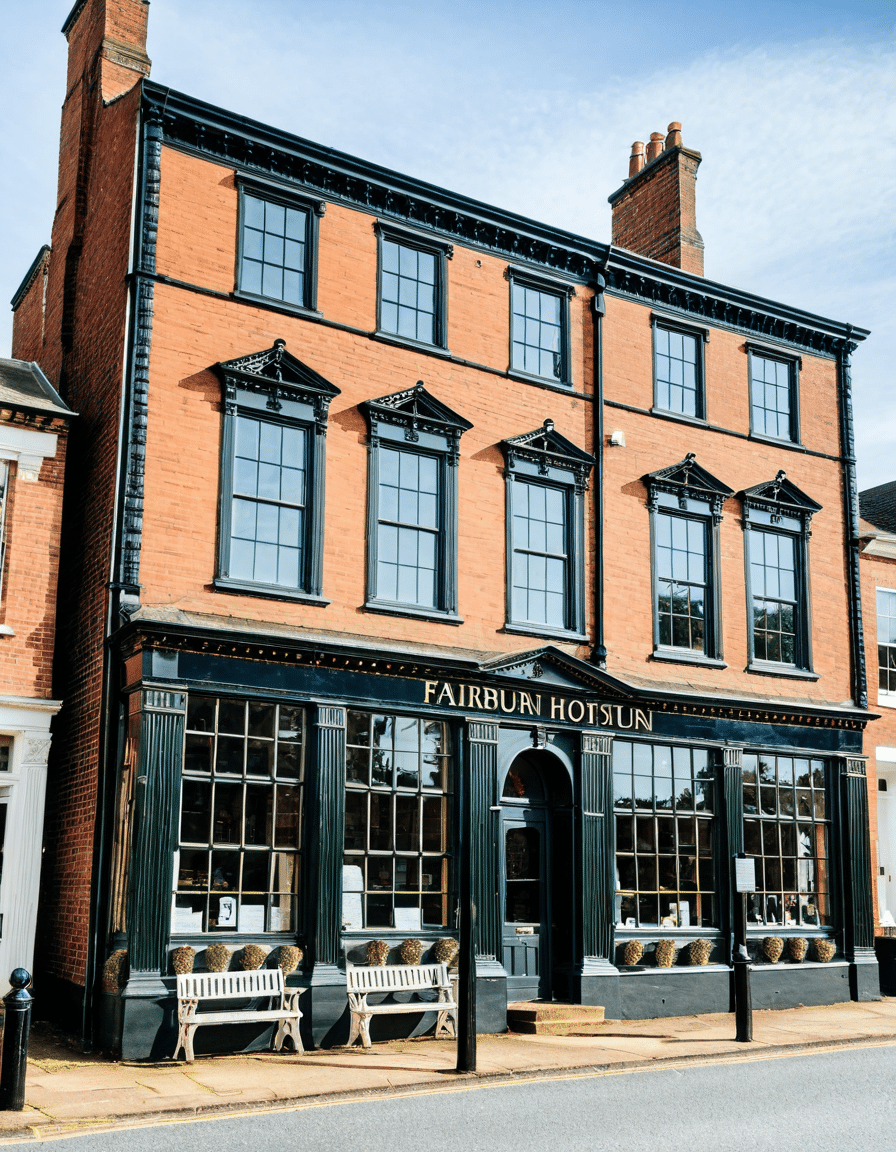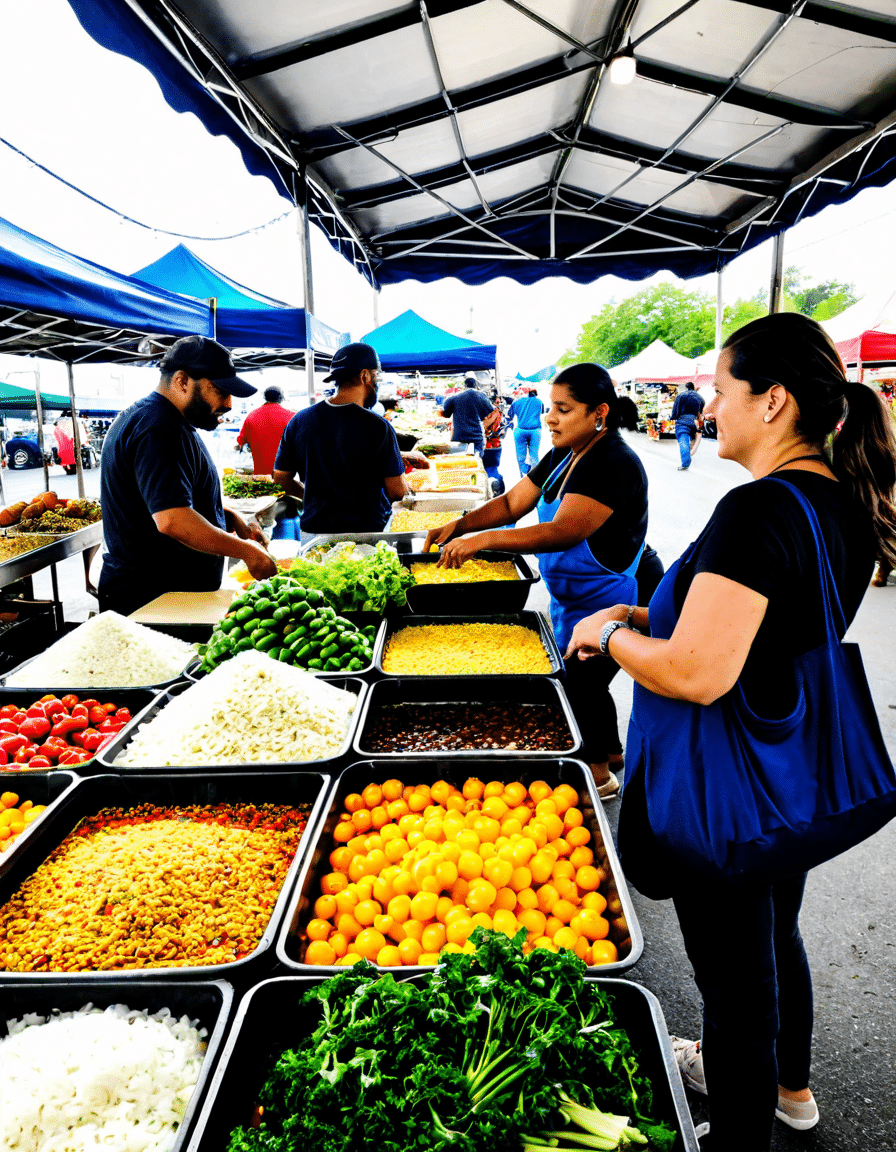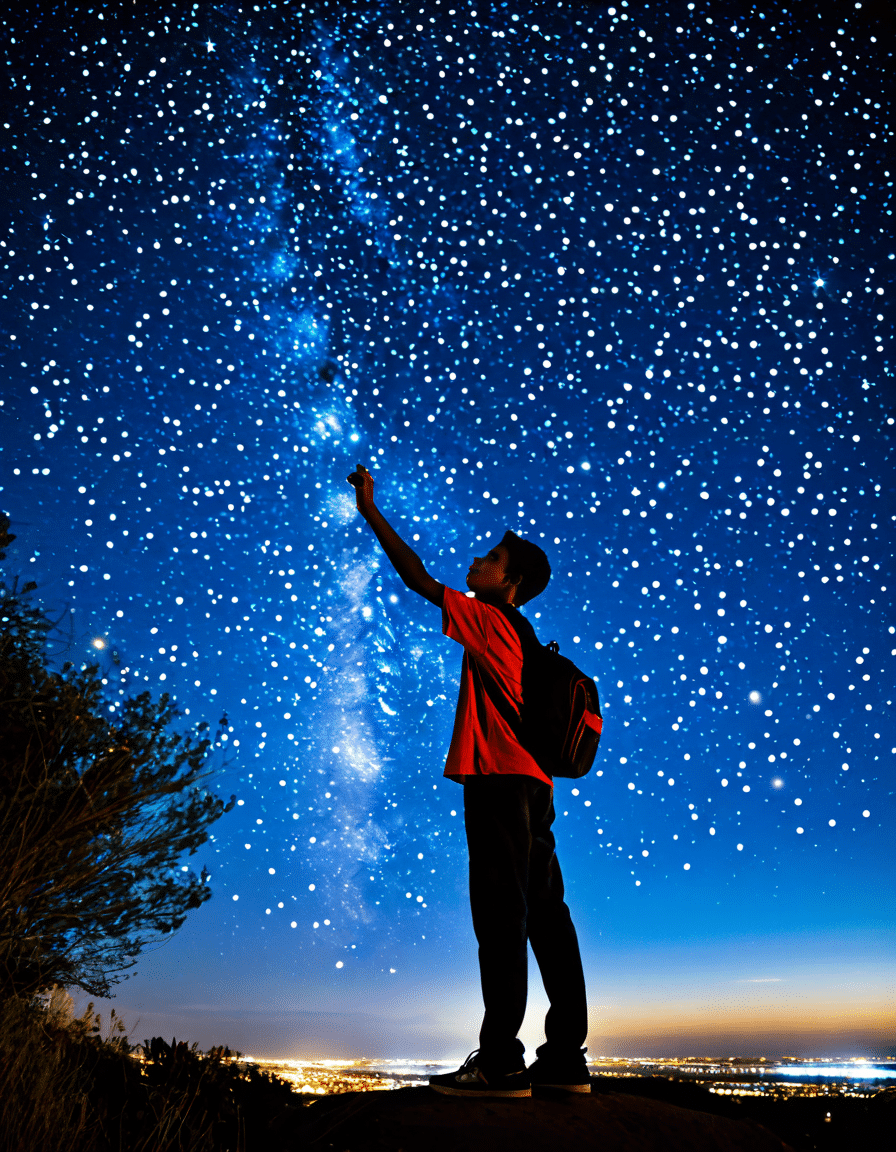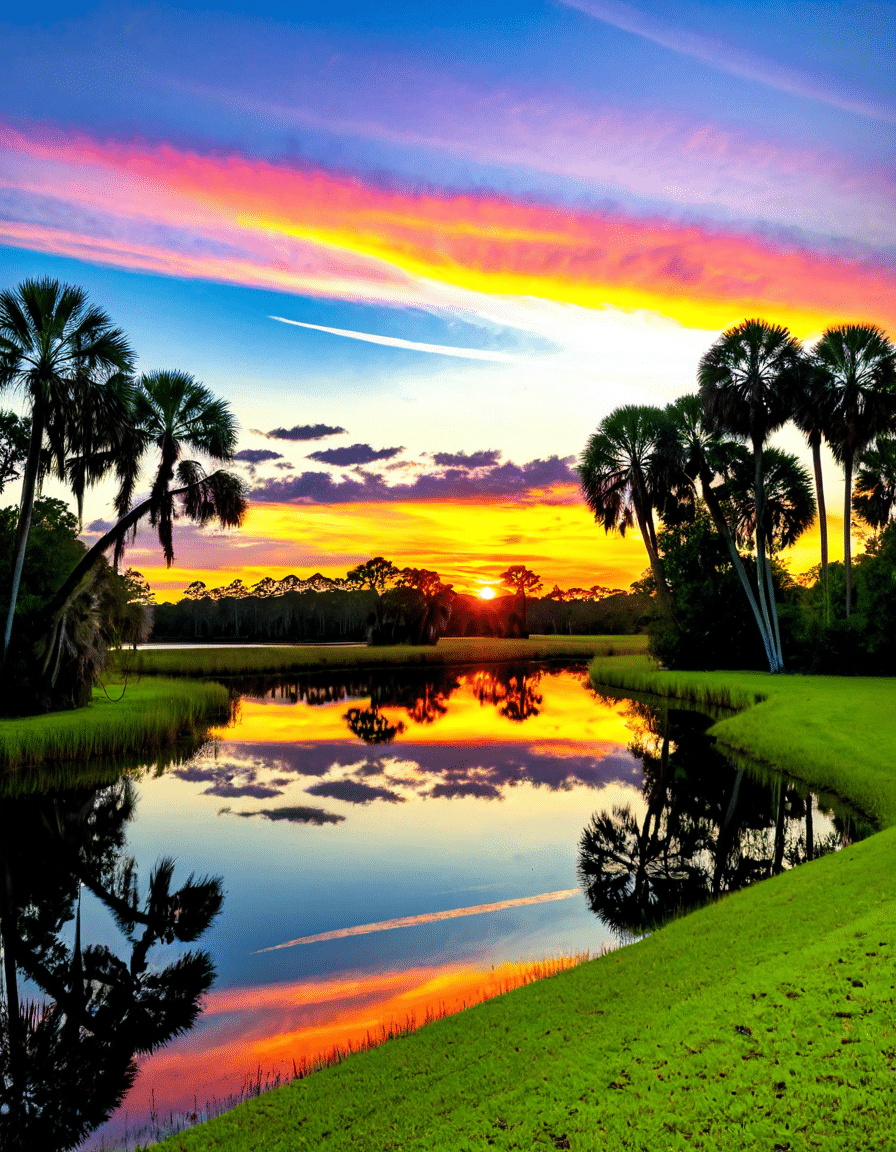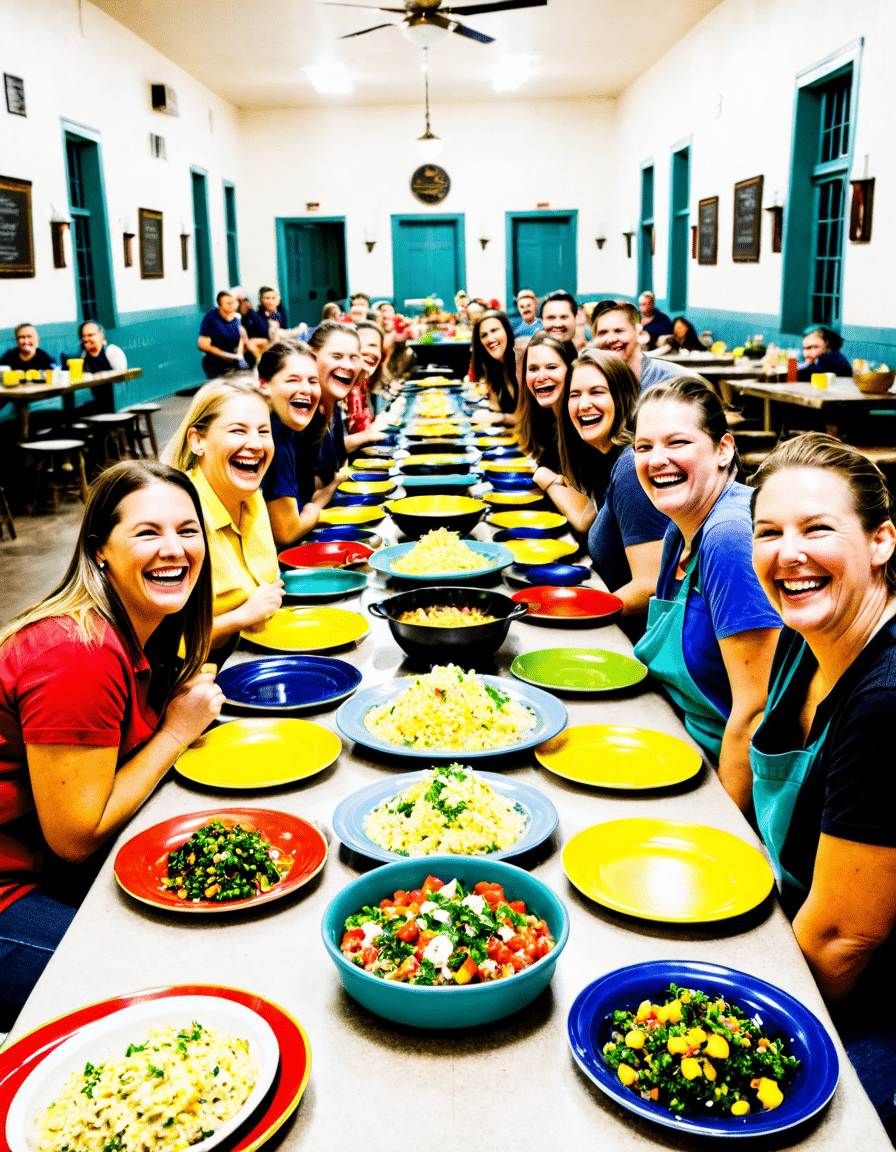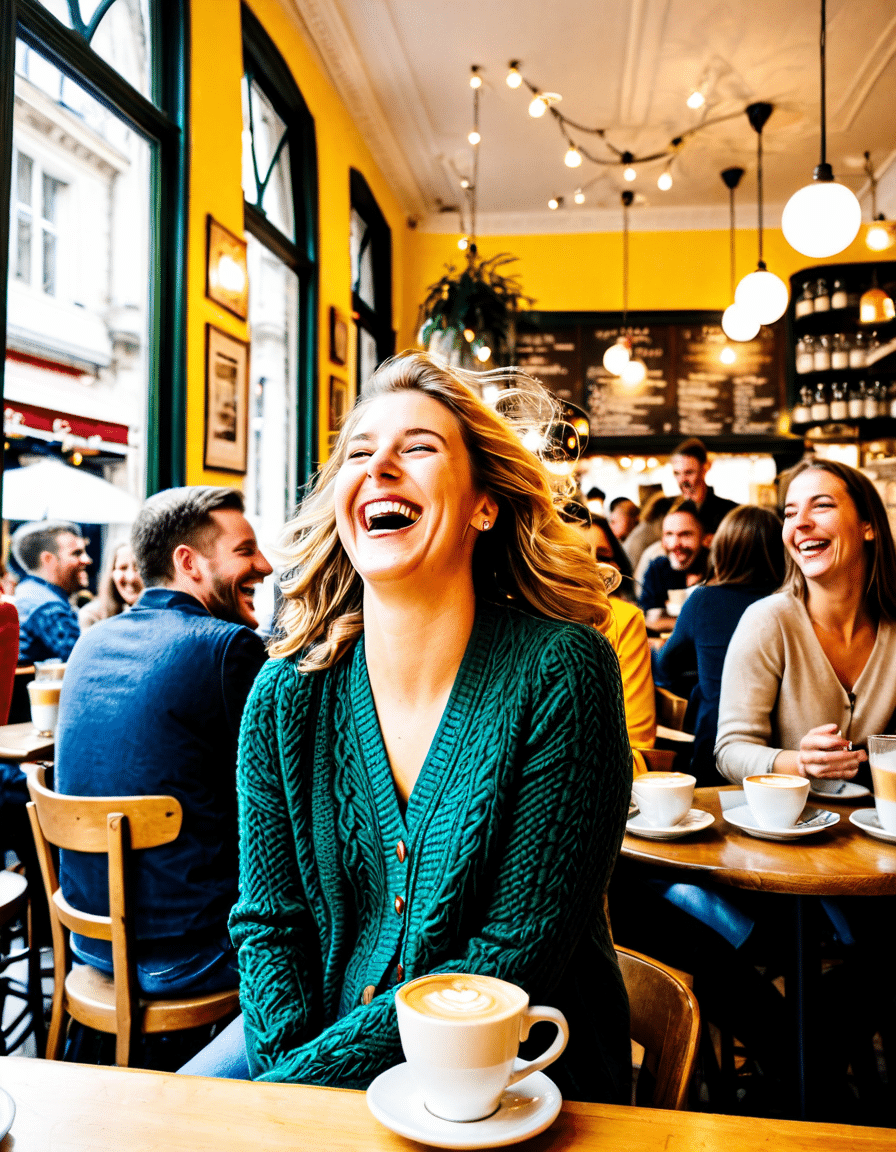Dia de los Muertos, or the Day of the Dead, isn’t just another holiday on the calendar—it’s a beautifully vibrant celebration of life and death that dives deep into Mexican culture. So, when is Dia de los Muertos? It falls annually on November 1st and 2nd, aligning with the Catholic observances of All Saints’ and All Souls’ Days. But the festivities often extend beyond these dates, blending pre-Hispanic elements with contemporary customs that beautifully illustrate the life-death connection.
In towns across Mexico, anticipation builds as the date approaches. Streets buzz with excitement as families prepare for the rituals of remembrance. These gatherings don’t just mark a moment of loss; they’re an expression of love and joy, showcasing the spirit of those who came before. So, whether you’re in Mexico City or Oaxaca, understanding when is Dia de los Muertos becomes a gateway into a world of color, music, and gastronomic delights.
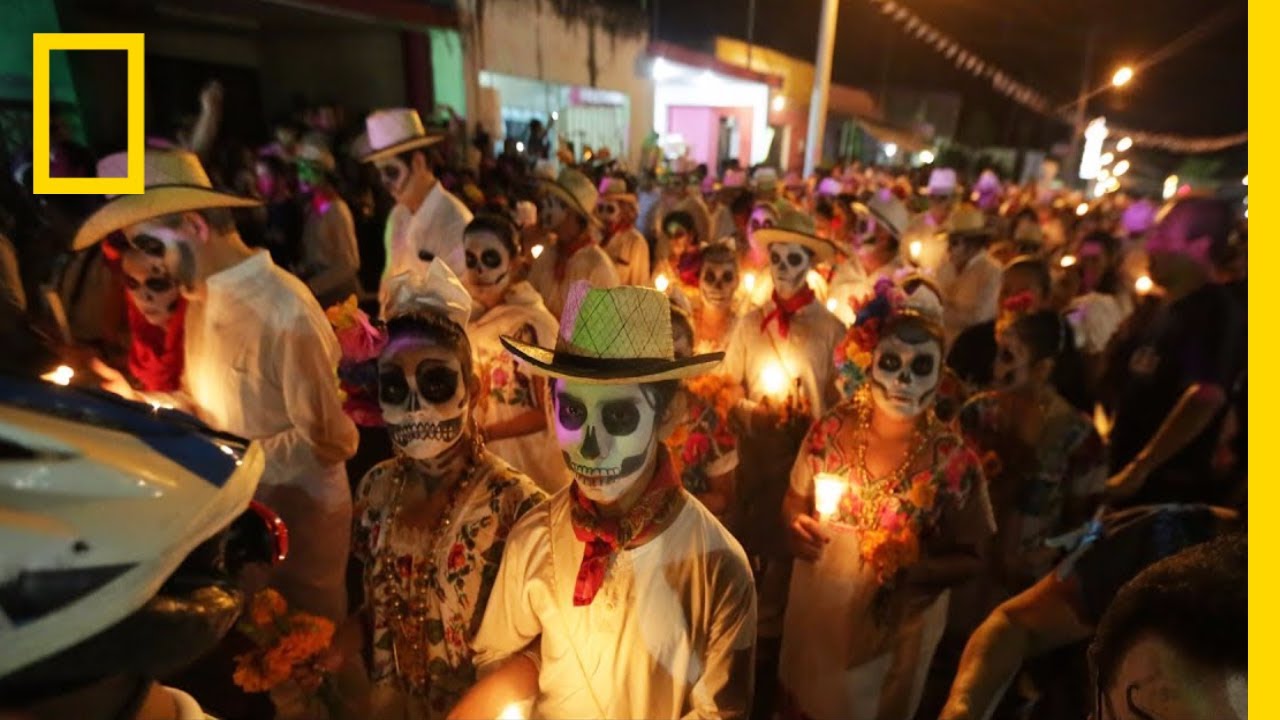
Top 5 Reasons Why Dia de los Muertos Is a Vibrant Celebration of Life
The ofrenda, or altar, is where the heart of Dia de los Muertos beats the loudest. These altars overflow with bright marigolds, colorful sugar skulls, and cherished photographs, creating a sensory feast. Take the Zocalo in Mexico City, for example: during this time, it transforms into a massive garden of remembrance where each display oozes personal stories and shared grief. Yet instead of focusing solely on sorrow, the vivid colors and ornate decorations exude joy, embodying the belief that remembering our loved ones brings them back to life in a way.
Nothing brings families together quite like Dia de los Muertos. Many travel significant distances to honor their ancestors, making the day a reunion of sorts. In Oaxaca, you’ll find families setting up camp in cemeteries, feasting and sharing tales of those who have crossed into the next life. The air buzzes with music and laughter, an audible reminder that love persists beyond death. These communal gatherings not only strengthen family ties but also highlight the unity within communities, reminding us that we’re all in this together.
Let’s talk food—one cannot ignore the mouthwatering culinary traditions that weave through Dia de los Muertos celebrations. Think of delicious pan de muerto, tamales, and rich mole—the staples of this time. In Pátzcuaro, families prepare the favorite dishes of their departed loved ones. Leaving these culinary delights on the altar welcomes the spirits back for a reunion feast. This practice not only honors the dead but also bridges the living and the departed through shared meals, appealing to both the palate and the heart.
Art thrives during Dia de los Muertos, where creativity takes center stage. Talented local artists roll out a spectrum of decorations from intricately designed sugar skulls to papel picado—beautifully cut paper banners. Cities like San Miguel de Allende burst into life with vibrant parades showcasing elaborate costumes and floats that tell stories of the past. Each piece of art captures personal memories and reflects communal values, reinforcing that even in death, there’s beauty.
As more people around the globe discover Dia de los Muertos, communities step up to educate others about its profound significance. Workshops in schools and public exhibitions help ensure that these rich traditions live on among younger generations. Take Los Angeles, for example, where the annual Dia de los Muertos festival at Hollywood Forever Cemetery has grown into a monumental event, bringing together individuals from all walks of life in a celebration of inclusiveness and cultural exchange.
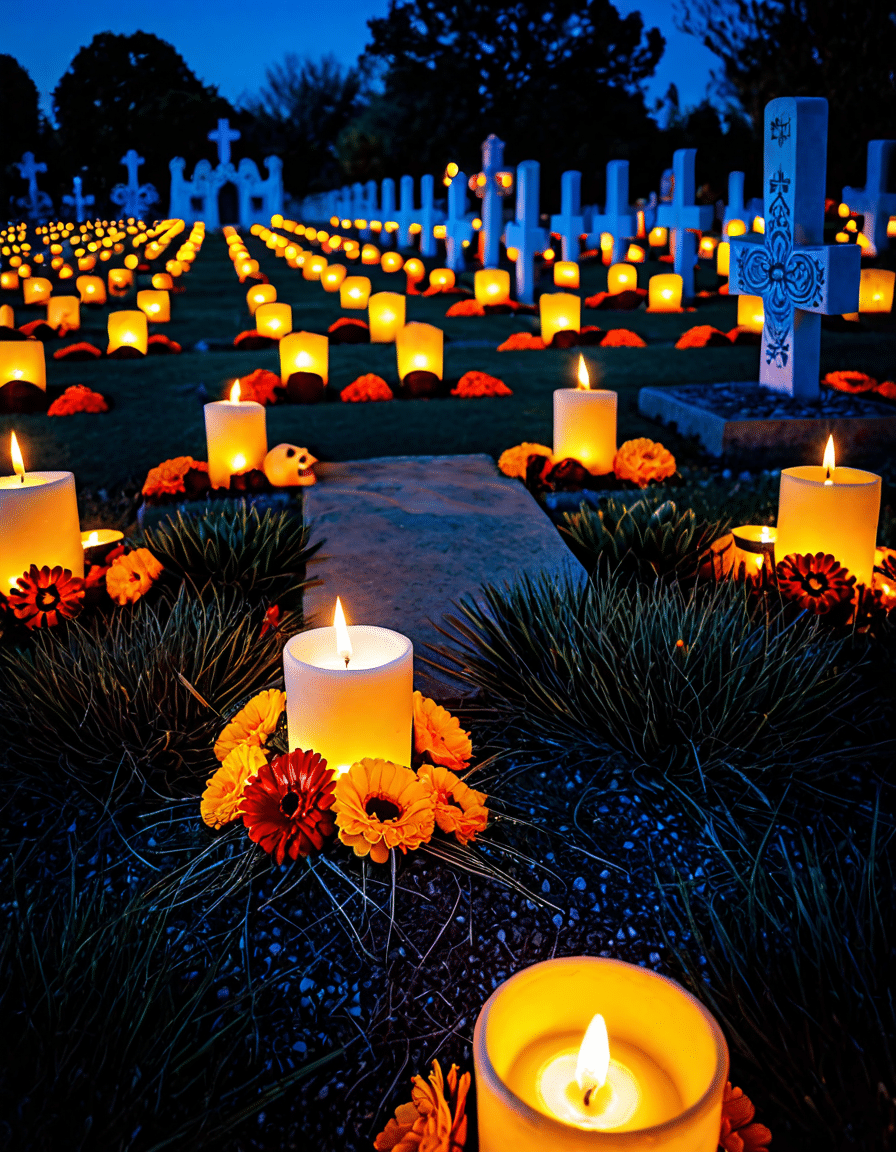
The Global Influence of Dia de los Muertos: A Celebration of Life Beyond Borders
When we look at Dia de los Muertos, we quickly see that its essence transcends borders. Cities like San Antonio and Los Angeles host large-scale events drawing massive crowds from diverse backgrounds, showcasing a glorious tapestry of cultures celebrating life. Schools often integrate lessons about the holiday into their curricula, allowing students to engage meaningfully with this exceptional cultural practice. Such exchanges keep the spirit of the celebration alive while adding new layers of understanding to those who partake.
Big-name brands have caught onto the Dia de los Muertos trend too. Companies like Coca-Cola and Starbucks unveil limited-edition products inspired by the holiday, often featuring iconic skull designs. While these products aim to connect with consumers by honoring the rich heritage behind Dia de los Muertos, discussions about cultural appropriation versus appreciation are increasingly common. However, this commercialization opens up conversations about the significance of cultural traditions, bringing a wider audience into the fold.

Embracing Life Amidst Rituals of Remembrance
Dia de los Muertos beautifully stands as a cultural spectacle embracing life through remembrance. It creates room for reflection, artistic flare, and communal unity, challenging stereotypical views of death. This celebration transforms what some may see as a sad farewell into a lively tribute. As Socrates mused, “Death is not the greatest of evils.” Dia de los Muertos encapsulates that sentiment, promoting a message to live fully, cherishing the bonds we have made with those who have crossed beyond.
In 2026, as humanity evolves amid existential questions about life and loss, Dia de los Muertos beckons us with a vibrant reminder to celebrate existence. It encourages us to deep-dive into our cultural roots, treasure our connections, and revel in the colorful tapestry that binds the living and the deceased. Just like a festive gathering at a cozy spot, Front Street cafe or local hangouts, such as Blues Alley dc, this celebration invites everyone to come together, share stories, and embrace the joy of living. The stark contrast between life and death invites a collective embrace, echoing the belief that even though those we love may be gone, their spirits always find a way to shine bright in our lives.
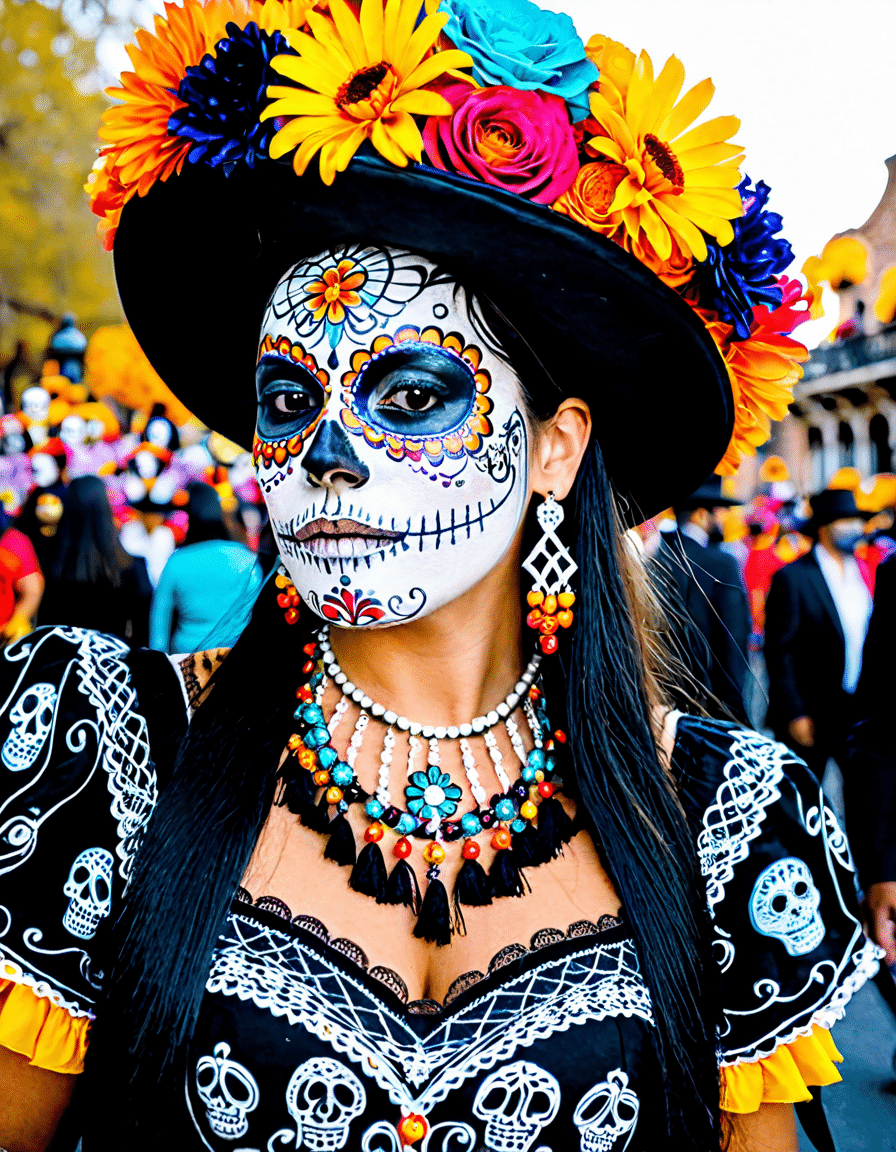
When Is Dia De Los Muertos?
Dia de los Muertos, or Day of the Dead, is celebrated every year on November 1st and 2nd. Interestingly, this holiday overlaps with the Catholic observances of All Saints’ Day and All Souls’ Day. While many might think it centers on death, it’s actually a colorful celebration of life, honoring ancestors who have passed away. It serves as a poignant reminder that death is not the end, but a continuation of the journey. Mark your calendars! If you’re ever at Craig’s Cruisers during this festive time, you’ll surely notice the vibrant decorations inspired by this holiday.
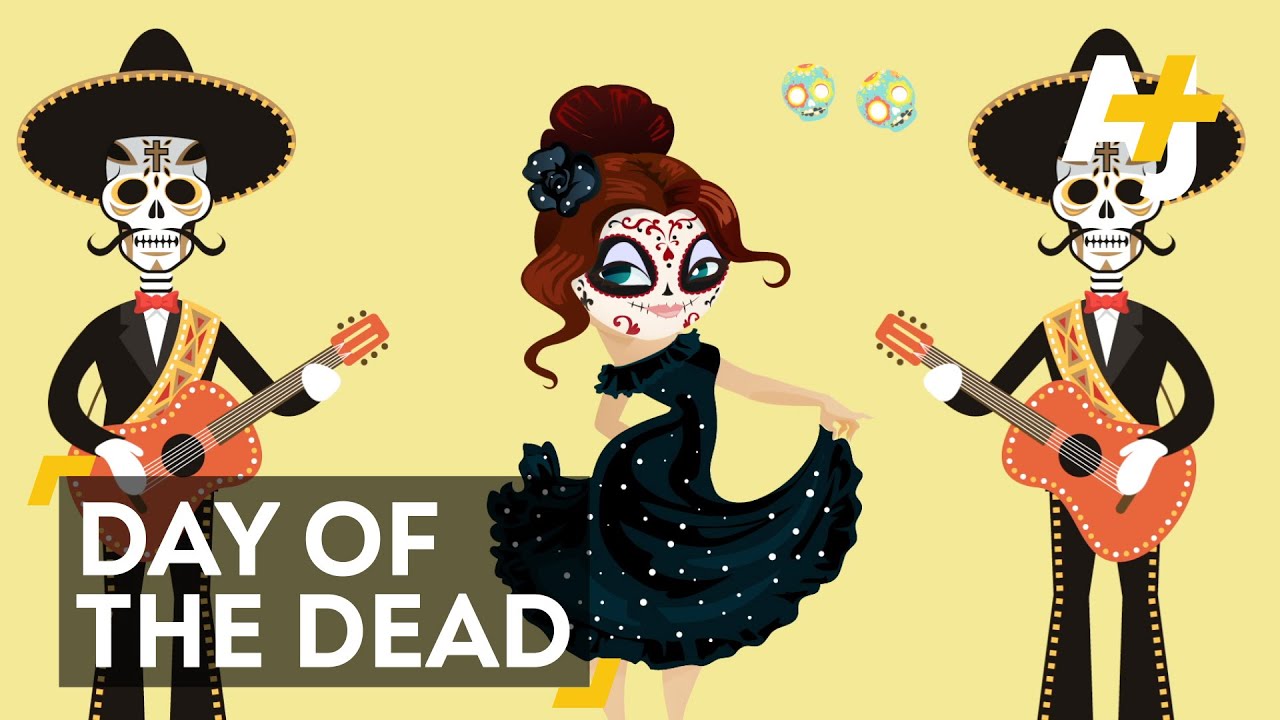
The Spirit of Celebration
Celebrating Dia de los Muertos involves lots of traditions, such as creating altars, or ofrendas, that honor loved ones. Families typically gather to share stories and memories, making it a heartwarming event, much like reminiscing about the Woodies from the past. You might also see marigolds, sugar skulls, and papel picado adorning these altars. Additionally, it’s a time when delicious foods are prepared, such as pan de muerto, a delightful bread shaped like bones. Just like in movies, where characters reveal their hidden sides, the holiday allows families to explore and express their heritage.
Fun Facts and Trivia
Did you know that Dia de los Muertos originated in Mexico but has gained recognition worldwide? It’s fascinating to see its elements turning up in various cultures—similar to how Frosty has become a staple during winter celebrations! There’s even a little-known myth that if you don’t celebrate this day, your loved ones won’t find their way back. So, when is Dia de los Muertos? No worries; you’ve got a couple of days to make splendid arrangements. Also, many artists and filmmakers, like the creators behind “Silent Hill: The Short Message, have tapped into the mystique of this celebration to create unforgettable stories.
As this vibrant holiday approaches, remember to say Obrigado to the lives we celebrate. The melding of memories and festivities makes this a truly joyous occasion. Whether you’re building an altar or simply reflecting on loved ones, Dia de los Muertos offers a unique experience that connects generations. So gather your family, share a few laughs, and cherish the moments that really matter—after all, life is about making memories. And just as Sanfilippo notes, we should embrace these experiences with open hearts!
